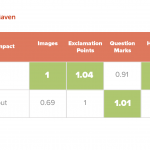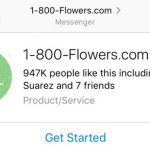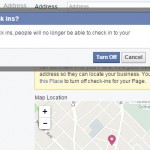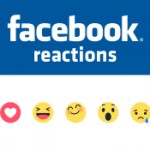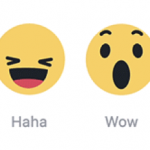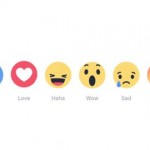Why We Like Love fb’s New Reactions
March 1, 2016
In 2009, fb offered the now-well-known Like button. last week, seven years later, users logged in to find a revamped experience – Reactions! Let’s take a look at how they work, why they have been offered, and what they mean for businesses and advertisers.
First issues first. What are Reactions?
Reactions is an extension of the Like button. Now, customers can have interaction with posts the use of their selection of six completely different buttons: Like, Love, Haha, Wow, sad, or indignant. The buttons appear as colorful and animated emojis.
k, so how do Reactions work?
On computer, hover your mouse over the Like button. On cell, hang down the Like button. In each and every case, a tray of all six options will seem and that you can click on to make your selection. at the moment you can handiest add a single reaction to each put up – no mixing and matching.
How did fb roll out Reactions?
Slowly and following plenty of analysis! the general public’s first glimpse into this yr-long challenge came in October, when fb started out checking out in markets like Spain and eire.
the biggest change due to the fact then? facebook eradicated the Yay button, because it served a equivalent purpose as the Like and Love buttons, and because its that means was confusing in some markets. Wired has a perfect piece on how Reactions developed over time, in the event you’re curious.
Why did facebook introduce Reactions?
Ever because the original Like button was once introduced, customers have equipped a variety of feedback – including common requests for a Dislike button! there are times when a Like simply doesn’t feel proper – as an example when reacting to a tragic or upsetting post.
Mark Zuckerberg summed up the feedback, announcing, “What [users] actually want is the flexibility to express empathy. now not every second is a good moment.”
No, truly. What’s their reasoning?
in reality! to provide more users the pliability to have interaction with posts in a specific and empathetic method. however, since you requested, let’s speculate on further reasons and their implications:
- to collect extra knowledge. by increasing from one button to 6, facebook has exponentially elevated the quantity of knowledge they’re able to gather. Even better, that knowledge is self-classified and universal in which means. This helps give an explanation for why facebook provided six buttons, as an alternative of a whole suite of emojis to choose between; the limit ensures the info can also be extra simply analyzed and put into motion.
- to maintain customers coming back. using the data, facebook will be capable of alter its algorithm to provide an much more customized and relevant experience for every individual person. This fulfills a core a part of facebook’s mission to keep customers engaged and coming back to the platform frequently.
- To introduce new advertising possibilities. along with natural results, fb might also practice the brand new volume of knowledge to beef up or elevate the sophistication of its advertising products.
How will the news Feed be impacted?
facebook’s algorithm factors in numerous signals, together with Likes and engagements, when identifying what to indicate within the news Feed. at the moment, it doesn’t matter which button customers click on – it’ll rely in the same way.
Over time, on the other hand, fb says they “hope to learn how the different Reactions should be weighted another way with the aid of news Feed to do a greater job of unveiling everyone the stories they most want
to peer.”
What does this mean for advertisers?
at the moment, it’s business as standard for advertisers, and all Reactions have the identical affect on ad delivery. as an instance, a Love is counted the same manner as a Like.
when you’re curious which Reactions persons are the usage of to have interaction with your content material, consult with your Insights page. This knowledge allow you to tailor future content material.
What’s subsequent, and why must advertisers Like Love Reactions?
someday, Reactions will probably play an an increasing number of vital position. Let’s believe a few thrilling potentialities:
- Distinguish model fans from informal users. Reactions can help manufacturers bear in mind which customers Like versus Love their content material, an important big difference with big implications on lifetime worth and influencer habits. in particular, advertisers could doubtlessly create lookalike audiences in accordance with brand fanatics to expand reach among excessive-worth segments.
- deliver higher content. examining consumer Reactions will lend a hand advertisers acquire a extra nuanced understanding of their communities and the types of content they enjoy. This knowledge can also be applied to editorial calendars and future promotion campaigns, for higher efficiency and elevated ranges of engagement.
- Automate in response to sentiment. it can be tough for advertisers to fast determine prime-performing content material and filter throughout the sea of feedback. Marin addresses this problem with Message Booster, an modern characteristic that automatically boosts content based on pre-outlined metrics. imagine the additional layer of perception and keep watch over that would come from automating in response to particular Reactions.
Digital & Social Articles on industry 2 neighborhood
(23)





